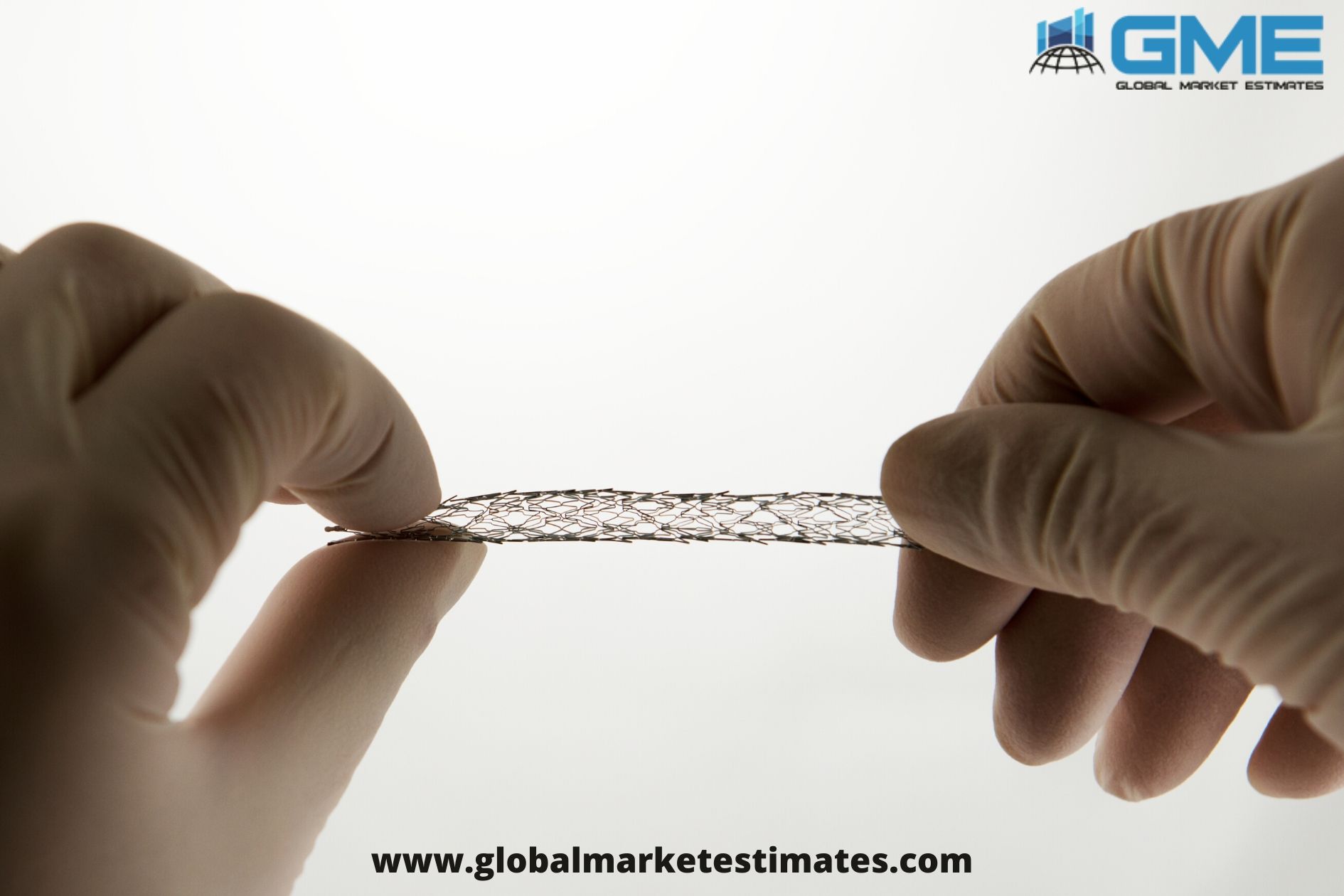The growth in the global drug eluting stent market was fuelled by the prevalence rate of atherosclerosis globally, apart from sedentary lifestyles, unhealthy food habits, and lack of exercise. The global drug eluting stents market size is estimated to reach USD 8.75 billion by 2026. The market is projected to record a CAGR of 5.65 per cent between 2019 and 2026. The constantly rising geriatric population is known to be driving the growth of the market as the population is at a high risk of developing arterial diseases. In addition, the dramatic shift from angioplasty to DES for the treatment of atherosclerosis has also positively impacted the market growth. The minimally-invasive technique of DES placing is propelling the growth of the Drug Eluting Stent Market.
Within the global drug eluting stents market, the microporous surface stent segment accrued for the largest share in 2015. The dominance of this segment was largely attributed to the faster adoption of the DES owing to the lower in-stent restenosis rates. On the other hand, the nano-porous segment is anticipated to show the fastest growth rate during the forecast period as these products have a high drug loading capacity.
The newly developed bioresorbable stents support minimally invasive surgeries. Minimally invasive surgeries provide reduced surgical wounds, lesser wound healing time, and henceforth decreased hospital stay. As a result, the adoption of these devices is likely to grow at a modest pace during the forecast period. The bioresorbable segment is expected to show significant growth rate from 2019 to 2026.
The global Drug Eluting Stent Market is greatly dependent on the technological advancements and the pricing trends. However, the market dynamics would also be affected by the other factors, such as, the healthcare reforms, public and private investments, and the introduction of new players, which will create disruption in the existing market.
Due to the rising prevalence of chronic diseases, such as diabetes and cardiac arrest, the global drug eluting stents market is expected to witness a boost in market growth in the near future. Some of the associated advantages include reduced risk of blood clotting without causing harm to the endothelium. Furthermore, the introduction of such products will make them suitable for diabetic patients. On the basis of application, the coronary artery application segment accounted for the largest market share of around 54 per cent in 2015.
In terms of region-wise study, North America dominated the global Drug Eluting Stent Market with a revenue share of 40 per cent in 2015. The dominance of this region was largely due to the stringent regulatory guidelines for medical device manufacturing and approval. Additionally, the reimbursement coverage paired with a high incidence rate of artery diseases is likely to augment the market growth in North America.
Some of the emerging nations, comprising, India, China, Brazil, and South Africa is predicted to witness the fastest growth during the forecast period. The growing patient awareness related to the commercial availability of the products, government funding, constantly evolving healthcare infrastructure, and the rising healthcare spending are the major factors responsible for the significant growth of this market in these countries. Due to this, the Asia Pacific region and Latin America are anticipated to show significant growth rate from 2019 to 2026.
Some of the key players operating in the global drug eluting stent market include: Abbott Laboratories, Biosensors International Group, Boston Scientific Corporation, Medtronic, Inc., Terumo Medical Corporation, Cook Medical, Shandong JW Medical Systems, Biotronik, Lepu Medical Technology, and Stentys. The product innovation through extensive research and development, partnerships, and collaborations are some of the strategies implemented by the big players to expand the market share.
Check the report description at: Global Drug Eluting Stents Market Size, Trends, Analysis - Forecasts to 2026

